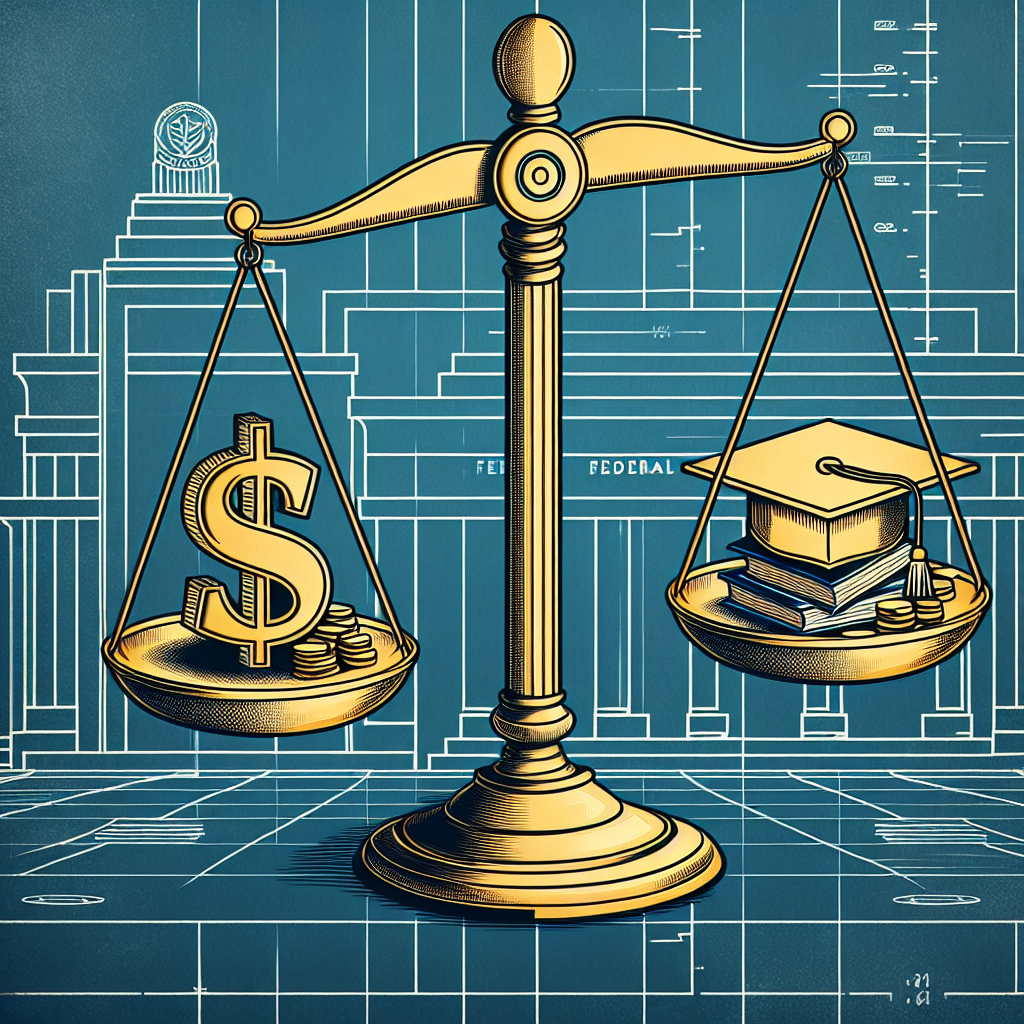
Federal sub loan
The Ins and Outs of Federal Sub Loans: A Comprehensive Guide
In the world of financing, particularly for education, understanding the various loan options available is crucial for borrowers. One such option that borrowers might encounter is a federal sub loan. This article aims to provide clarity on what this type of loan is, how it works, its benefits, and how to determine if it's the right choice for you.
What is a Federal Sub Loan?
A federal sub loan, commonly referred to as a subsidized federal loan, is a type of financial aid offered through the federal government to help students cover their educational expenses. These loans are available to undergraduate students who demonstrate financial need, as determined by the Free Application for Federal Student Aid (FAFSA). The term "subsidized" refers to the fact that the government pays the interest on the loan while the student is in school at least half-time, as well as during deferment periods.
How Do Federal Sub Loans Work?
To understand how federal sub loans work, it's essential to know the steps involved in applying for one:
- Fill out the FAFSA: The first step in applying for a federal sub loan is completing the FAFSA form to establish financial need.
- Receive Your Financial Aid Award: If eligible for a federal sub loan, it will be included in your financial aid award package from your chosen school.
- Accept the Loan Offer: Once you receive the financial aid package, you have the option to accept, decline, or adjust the loan amount.
- Loan Disbursement: Once accepted, the loan amount is disbursed directly to the school to cover tuition and fees, with any excess funds handed to the student for personal expenses.
Eligibility Requirements
To qualify for a federal sub loan, borrowers must meet several criteria:
- Must be an undergraduate student enrolled at least half-time.
- Must demonstrate financial need based on the FAFSA.
- Must be a U.S. citizen, national, or eligible non-citizen.
- Must maintain satisfactory academic progress in college or career school.
Benefits of Federal Sub Loans
The advantages of federal sub loans are significant and can make them an attractive option for students:
- No Interest Accrual While in School: Unlike unsubsidized loans, borrowers are not charged interest while in school, which can save a considerable amount over time.
- Fixed Interest Rates: Federal sub loans come with fixed interest rates, alleviating concerns about rate hikes over the life of the loan.
- Flexible Repayment Options: The repayment plans for federal loans are more flexible than private loans, often including income-driven repayment options.
- Loan Forgiveness Opportunities: Federal student loans may qualify for forgiveness programs, especially for those who enter certain public service careers.
Repayment of Federal Sub Loans
Once you graduate, leave school, or drop below half-time enrollment, you'll enter a grace period before you begin repayment. The grace period for federal sub loans is typically six months. Here’s what you should know about repayment:
- Standard Repayment Plan: This plan involves fixed monthly payments over ten years.
- Graduated Repayment Plan: Payments start low and gradually increase every two years, ideal for those expecting an increase in income.
- Income-Driven Repayment Plans: Monthly payments are based on income, providing financial relief for those who are struggling.
Comparing Federal Sub Loans with Other Loan Types
When considering financing options, understanding how federal sub loans stack up against other loan types is instrumental in making an informed decision. Below is a comparison chart:
| Loan Type | Interest Accrual While in School | Repayment Options | Credit Check Requirement |
|---|---|---|---|
| Federal Sub Loan | No | Flexible | No |
| Federal Unsubsidized Loan | Yes | Flexible | No |
| Private Student Loan | Yes | Varies | Yes |
Key Considerations Before Taking a Federal Sub Loan
Before applying for a federal sub loan, consider the following:
- Evaluate Financial Need: Assess your financial situation to determine the amount you truly need to borrow.
- Interest Rates: Familiarize yourself with the fixed interest rates associated with federal loans.
- Long-term Impact: Understand how borrowing will affect your financial future, keeping in mind the importance of responsible repayment.
Conclusion
Understanding federal sub loans and their potential benefits can empower students to make smarter financial decisions regarding their education. With no interest accruing during school and flexible repayment options, these loans represent a valuable resource for those who qualify. Always remember to assess your financial needs, explore all potential loan types, and seek advice to navigate your educational financing successfully.
“Education is the most powerful weapon which you can use to change the world.” - Nelson Mandela```
By Guest, Published on August 24th, 2024